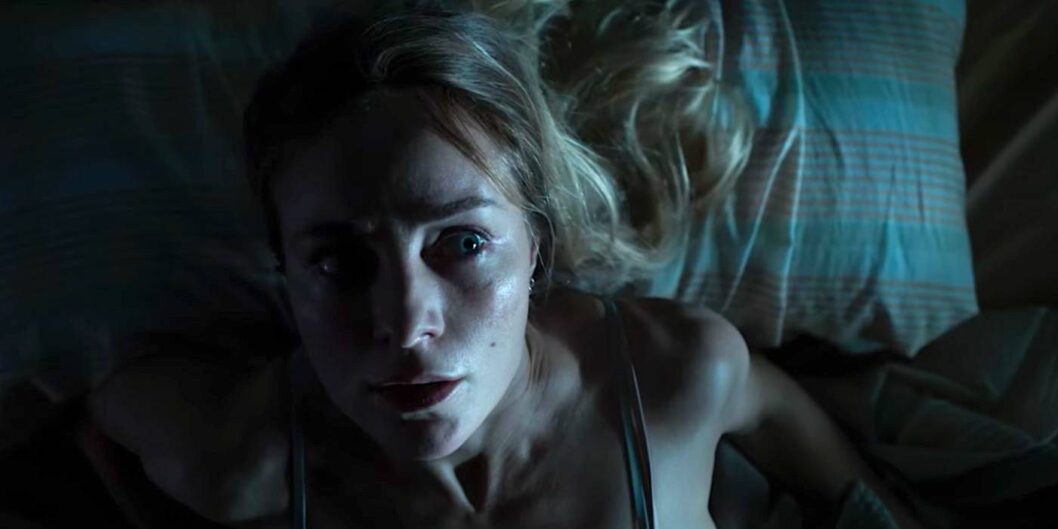Exploring Terror and Transformation: A Deep Dive into Venus
The horror genre continuously evolves, often interweaving elements from various sub-genres to create new cinematic experiences. Recently, Venus, directed by Jaume Balagueró, emerges as a notable entry in this realm. Known for his influential work on the found footage film Rec, Balagueró shifts gears from his previous approach to deliver a riveting tale that combines supernatural horror with crime thriller elements. Available now on Shudder, Venus invites viewers into a chilling narrative where the familiar safety of home becomes a battleground against malevolent forces.
What Is Venus About?
The film centers on Lucía (played by Ester Expósito), a go-go dancer in Madrid who finds herself entangled in a dangerous situation after stealing a suitcase filled with drugs from her mobster employer. Seeking refuge, she hides with her estranged sister Rocío (Ángela Cremonte) and her niece Alba (Inés Fernández) in the nearly deserted Venus building, an apartment complex with a dark history.
As Lucía grapples with her decisions, she discovers that the very place she perceives as a sanctuary is steeped in danger. The building’s haunted legacy collides with her frantic circumstances, inviting a mix of crime and occult realities that build an increasingly tense atmosphere. The film crescendos towards a finale filled with bloodshed and revelations as a cosmic event looms—a vivid reminder that safety is often an illusion.
From Rec to Venus: A Shift in Directorial Style
Balagueró’s departure from the found footage style of Rec highlights a significant evolution in his filmmaking. Instead of inducing chaos through shaky cameras and manipulated perspectives, Venus employs a cinematic approach that balances scares with a comprehensible narrative arc built around Lovecraftian themes. The film is loosely inspired by H.P. Lovecraft’s “The Dreams in the Witch House,” reimagining the original’s setting from Massachusetts to the outskirts of Madrid.
This shift not only changes the characters’ contexts but also heightens the stakes. Lucía’s character embodies resilience amid terror, paralleling the original student’s encounter with nightmarish entities. Yet, unlike the original narrative, Lucía faces both earthly mobsters and cosmic horrors, amplifying the film’s tension through an exhilarating genre mashup.
The Thrills of Action-Horror: A New Wave
Venus is characterized by its frenzied energy. The film opens with an impactful scene featuring Lucía in a nightclub, where the pulsating music reflects her chaotic world. The kinetic performances by Expósito and her co-stars encapsulate a sense of urgency that pervades the narrative. Lucía’s ability to defend herself in a brutal altercation with a bouncer showcases her internal strength, reinforcing her central role as a fierce survivor amidst escalating chaos.
Moreover, the film’s action sequences interlace seamlessly with horror elements, leading to dramatic encounters with supernatural forces. As Lucía confronts mobsters and unwittingly unleashes the building’s dark secrets, her transformative journey from dancer to a blood-stained warrior reveals her complexity as a character.
Conclusion: The Significance of Venus
Venus positions itself as more than just a horror film; it embodies a layered narrative that captures the fears and uncertainties of modern living. The intertwining of supernatural horrors with crime creates a cautionary tale about the fragility of safety and the lurking dangers in seemingly secure spaces.
With its unique premise and engaging performances, particularly by Expósito, Venus invites audiences to confront their fears of the unknown, challenging the notion of home as a refuge. The film stands out not only for its entertainment value but also for its exploration of deeper themes that resonate in today’s world. In a genre that frequently revisits familiar tropes, Venus forges a new path, ensuring its presence as a must-watch installment in contemporary horror cinema.









